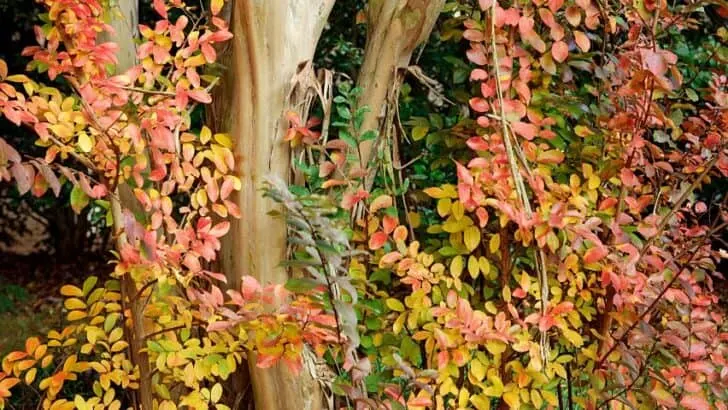When the average person in America thinks of the crepe myrtle, their mind automatically goes to the South, and that’s because crepe myrtles thrive in the warmer climates of the Southern United States.
But what if you’re nurturing your crepe myrtle and its leaves suddenly turn pale?
Then this guide I wrote here is for you. I had a lot of issues with my crepe myrtle tree and identified the following reasons why its leaves turned yellow.
Table of Contents
Crepe Myrtle Leaves Turning Yellow
If the crepe myrtle leaves are turning yellow, it could simply be nature in autumn taking its course. Watering issues like under- or overwatering, sensitivity to water impurities, or poor drainage also yellows the leaves. Improper fertilization, aging, pests, disease, and environmental toxins also cause the same problem.
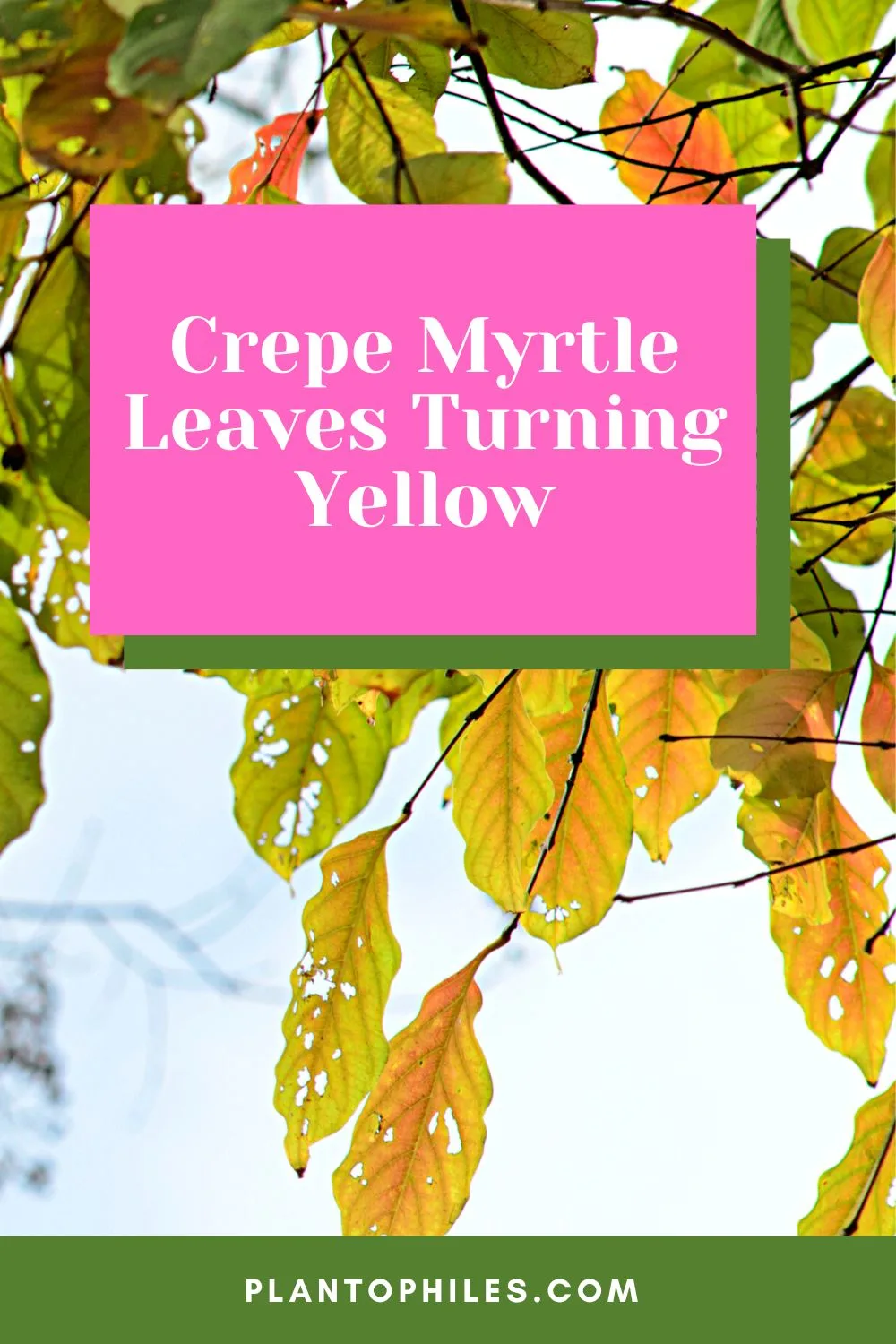
If you have yellow leaves on your crepe myrtle, you’ll need to investigate with haste, as yellowing leaves are a sign of a deeper problem.
1. Nature Taking Place
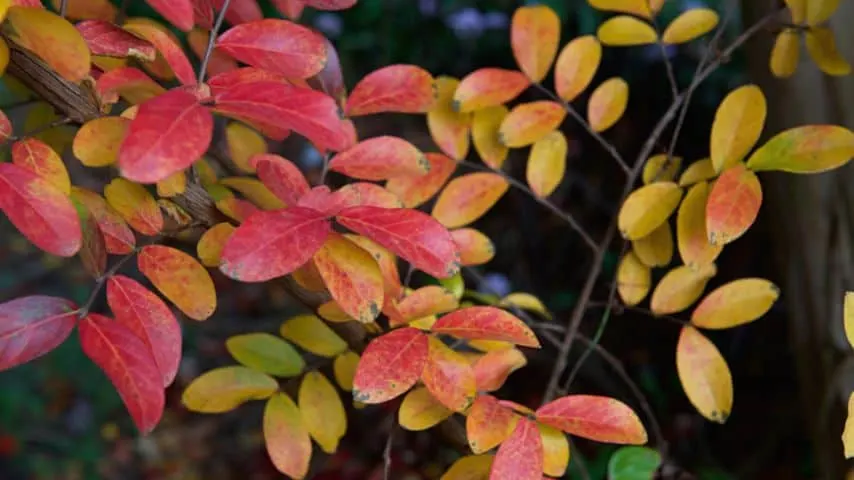
Like many other trees, in fall, the crepe myrtle’s leaves change to colors of red, orange, and yes, yellow. It’s a natural phenomenon.
When leaves on crepe myrtle turn brown, read the linked article.
2. Improper Watering
Overwatering can cause problems for any plant because standing in water will cause the roots to rot away.
To fix the problem, you can start by adding some mulch around the base or planting some always-thirsty plants very nearby (e.g., Indian grass, fern, daylilies, purple coneflower, bee balm, and more).
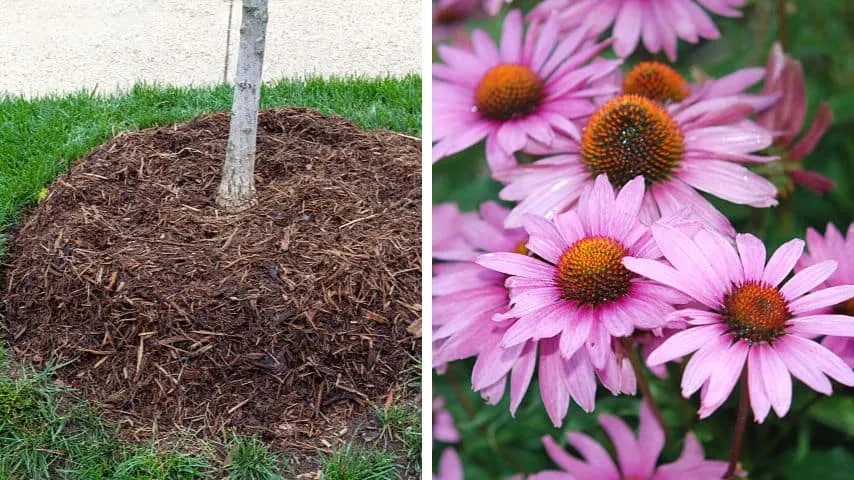
If that doesn’t help enough, you may need to transplant your shrub, this time paying closer attention to proper drainage.
Underwatering (or a drought) could also be the issue, though this scenario is much less likely. Feel down into the soil around the plant to see whether it is moist or dry and hard, and this will tell you whether your crepe myrtle needs more or less water.
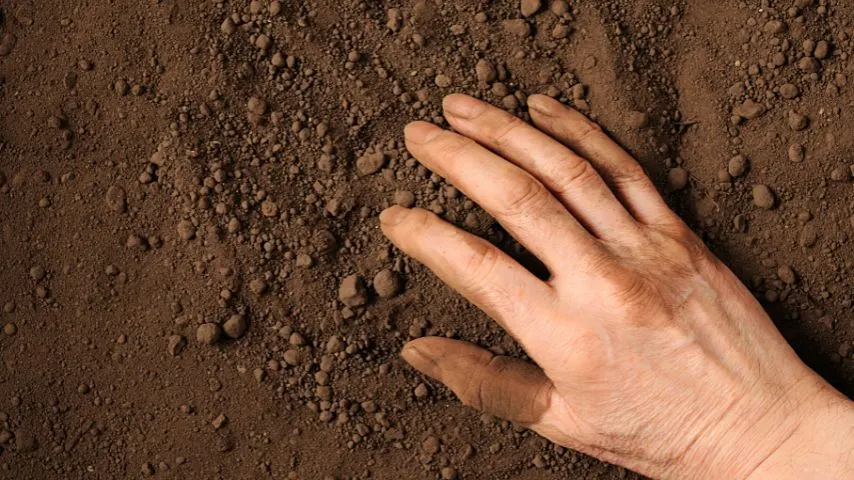
The issue may also be with impurities in the water the crepe myrtle drinks. Crepe myrtles are quite sensitive to some water additives and heavy doses of certain minerals.
3. Poor Drainage System
A proper drainage system is paramount for crepe myrtle trees. This system enables you to control the water your plant receives, so you don’t end up with rotting plants.
4. Improper Fertilization
The soil in which you plant should be ideal for what you are planting. Buy a kit from the local nursery to check the pH level; it should be between 6 and 6.5 pH.
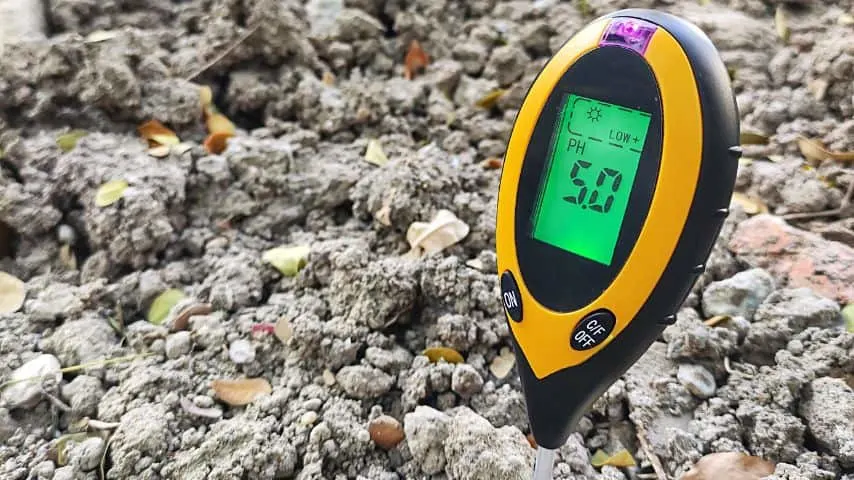
Adding sulfur or lime can raise the pH level if your soil’s pH is too low.
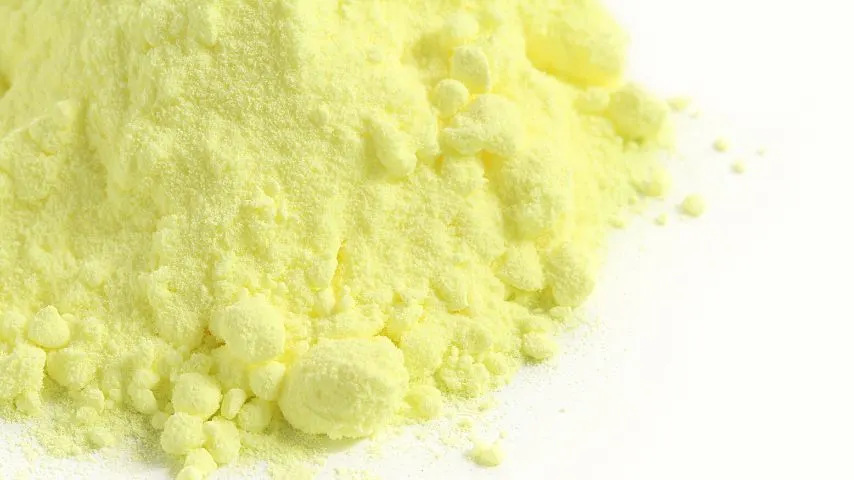
While you’ll want to be sure your crepe myrtle gets enough fertilizer, you also don’t want to go overboard. Overfertilization can block your tree’s ability to absorb vital nutrients like nitrogen (vitamin N) and potassium (vitamin K), and the heavy salt can burn the roots.
Consider opting for slow-release fertilizer as opposed to liquid. This kind of fertilizer is time-released, so your plants can’t overdose on nutrients.
5. Other Reasons
The reasons above are the most common causes for yellowing crepe myrtle leaves, but there are other ones causing the problem as well.
There are age, pests, and diseases, which can also weaken the crepe myrtle, not to mention environmental toxins.
What a Crepe Myrtle is
A member of the Lythraceae family, the crepe myrtle (Lagerstroemia) is native to the area in and near southeast Asia and northern Australia according to the University of Redlands. It is a favorite of many, located where it can be cultivated in warm climates worldwide.
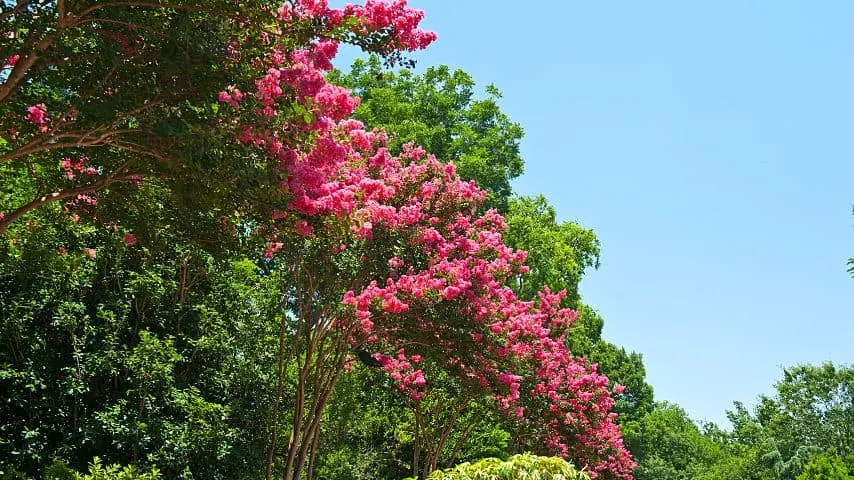
Also known as the crepe myrtle, this plant’s flowering season can last for up to 4 months. According to the USDA, its perennial range spans plant hardiness zones 6-11, depending, of course, on species and cultivar.
The crepe myrtle’s summertime flowers of pink, lavender, purple, white, or red, are quite beautiful, as are its red, orange, and “healthy” yellow colors in the fall.
Crepe myrtles are hearty and not so susceptible to critter and disease damage. They are very resilient.
These plants are easy to grow, plus they add beauty and ample shade to your landscape.
Note: The crepe Myrtle Society of America uses the “crape” spelling for crape myrtle.
How to Plant My Crepe Myrtle
Crape myrtles grow in plant hardiness zones 7-10, though a few species will survive in zones 6 and 11, as well. These plants love sunshine, can tolerate a lot of heat, and can tolerate stretches of drought.
Crape myrtles should be planted in full sun with well-draining soil with an added dose of soil conditioner (also called soil amendment).
Soil conditioners improve the soil’s ability to nurture the plant by adding to its aeration, nutritional level, and water-retaining capacity.
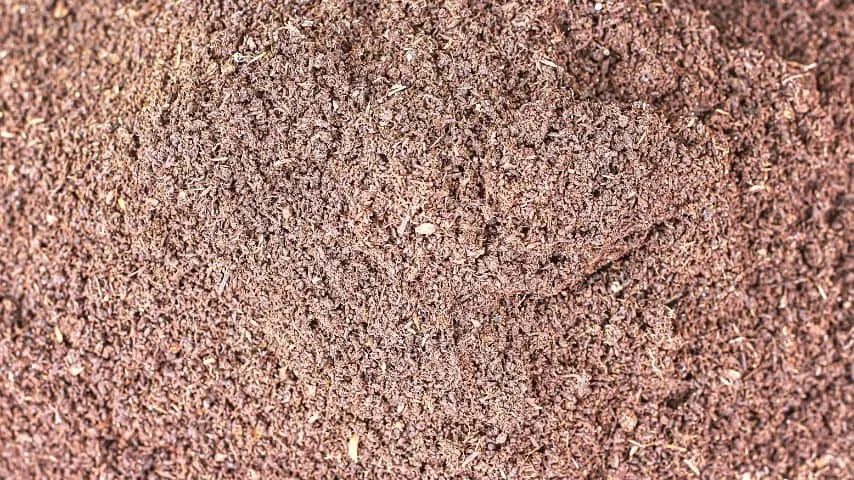
Organic soil amendments can be made from ingredients like compost, animal manure, sewage sludge, cover crop residue, peat moss, or sawdust. Using these products allows more rapid root expansion while the plant is establishing itself.
Water very well once a week during hot weather (twice a week in very hot, dry climates) through the first season of growth.
Using a starter fertilizer may also be smart, especially if the soil isn’t nutrient-rich.
If you are spotting white spots on crepe myrtle, this guide is for you.
How to Nurture and Form my Crepe Myrtle
Prune in late winter, especially during the plant’s first years, as this is what will shape your crape myrtle into the shrub or tree you desire. Start by pruning any branch thinner than a regular pencil or pen.
Next, prune to achieve a good branch structure. Remember that crape myrtles are multi-stemmed plants – if you desire a tree and not a shrub, you must pinch suckers away and prune away the lower branches to foster the right path of growth.
Otherwise, crape myrtles are not difficult to foster. Mulch it and maintain the mulch for temperature and moisture control.
Always fertilize in the springtime and water on a schedule. If you see that it’s too often, then water less frequently, and if you see it’s not often enough, water more frequently.
Read more about why the leaves of the crepe myrtle might turn black here.
Frequently Asked Questions about Crepe Myrtle Leaves Turning Yellow
Why isn’t my crepe myrtle blooming?
If your crape myrtle isn’t blooming, it may not be old enough, be getting enough sunlight, be getting enough water, or be receiving proper nutrients. Also, it may be diseased, or you may be growing it in poorly-draining soil or pruning it incorrectly.
Where should I plant my crepe myrtles?
Crape myrtles can be used for accents, ground cover, and screens. They also make great driveway allée and quick shade trees. Just choose the right variety and prune it correctly to form the perfect plant for your desires.
Conclusion On Crepe Myrtle Leaves Turning Yellow
Crepe myrtle trees turning yellow is caused by a watering issue, a water impurity issue, a drainage issue, a soil issue, a nutrient issue, or an environmental issue, or it could also be due to the tree’s age. Your crepe myrtle could also be infested with critters or infected with a disease.

Daniel has been a plant enthusiast for over 20 years. He owns hundreds of houseplants and prepares for the chili growing seasons yearly with great anticipation. His favorite plants are plant species in the Araceae family, such as Monstera, Philodendron, and Anthurium. He also loves gardening and is growing hot peppers, tomatoes, and many more vegetables.

